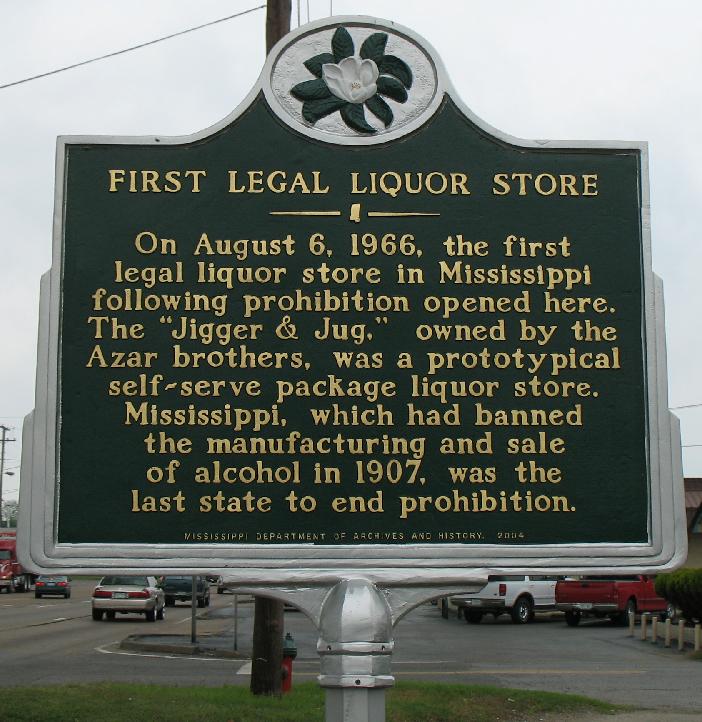Negative Space: cocaine
- America’s Drug Users
- Opium was prohibited because it was used by Orientals and cocaine because it was perceived as a Negro drug. More specifically, racist views of the time saw these peoples as less able to resist the criminalizing effects of drug use. Jazz was similarly stereotyped.
- The Black Market in Cocaine
- The simple act of labeling products in 1906 dropped cocaine use so low that only the massive prohibition enforcement of the seventies was able return cocaine use to, and surpass, pre-1906 levels.
- Cocaine and the Chemical Brain
- How the drug may alter the action of delicate neurons? Signe Hammer and Lesley Hazleton, Science Digest, October 1984, pp. 58-61, 100, 103. One of the amazing statements in this article is “that’s a compulsion, the same thing as addiction”. In order to justify most of modern prohibition, addiction must be redefined.
- Cocaine: A Drug and Its Social Evolution
- Lester Grinspoon & James B. Bakalar have written a fascinating book about the history of cocaine use, mostly in the United States.
- Cocaine: Its History, Uses and Effects
- Richard Ashely surveys the history of cocaine use, from popes to Freud, and up to the consolidation of the coke business into organized crime in the seventies.
- Crack Shatters the Cocaine Myth
- David Holzmann, Insight Magazine, June 23, 1986, pp. 48-49.
- Crack: A cheap and deadly cocaine is a spreading menace
- Time, June 2, 1986, pp. 16-18. I’d consider the possibility that the addictiveness of crack vs. cocaine may be more related to the economic woes of those who use it than to any pharmacological difference between the two.
- The Economics of the Black Market in Cocaine
- For criminal gangs, prohibition is “a modern day alchemy” spinning mundane plants into gold and influence.
- Introduction: Declaring War on Drugs (Again)
- The black market thrives on enforcement: the harder we push, the more efficient and bold the black market becomes.
- Learning from alcohol prohibition
-
 If the people against ending drug prohibition had been around in the thirties, we would never have ended the prohibition of beer and cocktails, because of the dangers of pure alcohol and bathtub gin. One of the lessons of the alcohol prohibition era is that we don’t have to go from banning everything to allowing everything. There is a middle ground.
If the people against ending drug prohibition had been around in the thirties, we would never have ended the prohibition of beer and cocktails, because of the dangers of pure alcohol and bathtub gin. One of the lessons of the alcohol prohibition era is that we don’t have to go from banning everything to allowing everything. There is a middle ground.
- Legalize Dope
- William F. Buckley notes that with prohibition comes unregulated sales; products adulterated with true poisons if they’re even the desired product at all, and wildly varying degrees of purity.
- Marijuana and Cocaine: The Process of Change in Drug Policy
- Robert R. Carr and Erik J. Meyers survey many of the studies—many of them government-commissioned—that have shown the relative harmlessness of prohibited drugs and the dangers of prohibition. The one drug that may live up to its hyped dangers is alcohol, but we already know that, as dangerous as alcohol is, it becomes far more dangerous when illegal.
- The New Larousse Gastronomique
- Prosper Montagné’s cookbook is the foundation of many a kitchen; but there are a few recipes that you aren’t going to be able to master without risking prison time. It’s fascinating that at one point ingredients such as cocaine were unremarkable fare for dessert.
- Stimulants
- Caffeine occurs in many plants, but it has its strongest effect in coffee.
- The Structure of the Cocaine Industry
- Prohibition made the transformation of the coca leaf into cocaine the only viable means of transport.
 If the people against ending drug prohibition had been around in the thirties, we would never have ended the prohibition of beer and cocktails, because of the dangers of pure alcohol and bathtub gin. One of the lessons of the alcohol prohibition era is that we don’t have to go from banning everything to allowing everything. There is a middle ground.
If the people against ending drug prohibition had been around in the thirties, we would never have ended the prohibition of beer and cocktails, because of the dangers of pure alcohol and bathtub gin. One of the lessons of the alcohol prohibition era is that we don’t have to go from banning everything to allowing everything. There is a middle ground.